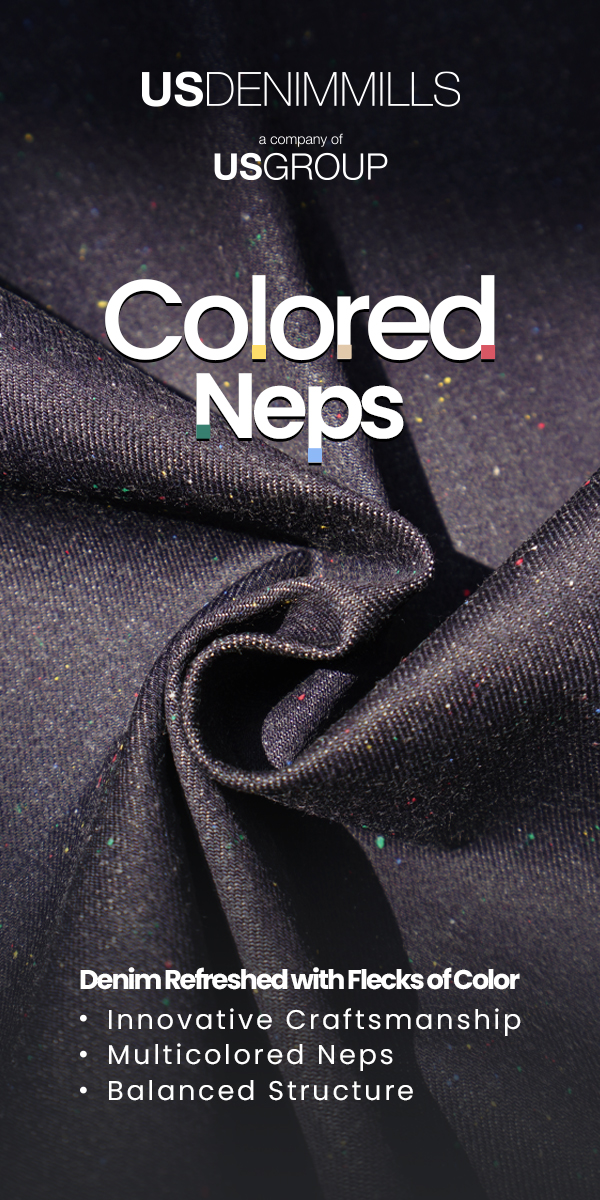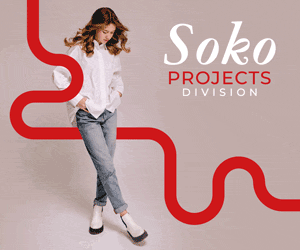Boncoura chooses carefully

Japanese denim entrepreneur Hisashi Morisha has put meticulous selection of fibres, yarns, dyes and looms at the heart of Boncoura, a brand that will celebrate ten years in business in 2021.
Apparel brands have taken heavy blows in 2020 because of covid-19 and the economic challenges that have come in its wake. In spite of this, Osaka-based denim brand Boncoura says it is still working as hard as it can in preparation for what it hopes will be a successful tenth anniversary year in 2021. Ahead of next year’s milestone, it aims to keep challenging itself, creating new products and growing.Founder Hisashi Morisha had been involved in fashion retail for 20 years before launching the brand. He worked first in marketing and sales for a major department store group in Japan before developing an interest in vintage clothing and modelling. In 2011, he founded Boncoura, drawing on the knowledge and vision he had built up over the years. Out of his love of vintage, he set the brand up from the outset to use traditional methods of creating denim designs and weaving fabric. The company uses a mix of different, carefully chosen, raw cotton fibres and natural indigo dye. The indigo-dyed yarn is then woven with great care on old, narrow power looms to produce the fabric for Boncoura jeans.
To launch the brand, Mr Morisha made an initial run of 200 pairs. He says all 200 sold “within minutes” and, encouraged that demand was strong for the premium, vintage-inspired products he wanted to make, he has gone on to build supply relationships with 40 retail partners across Japan. In addition, the “Boncoura Salon” in Osaka opens every weekend, attracting denim-lovers from that city and from further afield.
If its commitment to the materials and methods it uses to make its jeans has helped the brand win this support and affection, we should look in more detail at how it puts this strategy into practice.
Raw talent
Boncoura says its starting point is that it seeks a texture that is “granular” and dry to the touch. Its conviction is that it is through using “the highest-quality cottons” that it is able to achieve this. It chooses carefully, preferring yarns spun in Japan from imported, high-quality cotton fibre. “It’s hard to express in words the texture we are looking for, but we believe people will understand the quality and texture we strive to create as soon as they try on our garments for the first time,” according to the company.
“It’s not an easy task to find what we consider the best yarns in the world, since our production process for creating the yarn starts at the very beginning, by selecting raw cotton, we have to take even the smallest details into consideration, including the variety, the area the cotton is grown in and the season of the harvest. Even with the same kind of cotton, the terroir of the plant can influence its character dramatically, which is why we mix different raw cottons in order to create a consistent yarn.” It creates more than 100 versions with the same samples until it finds what it calls “the perfect blending ratio of raw cotton and the perfect yarn for our denim”.
Indigo in the mix
It applies the indigo dye at yarn stage and says it challenges itself to create “the perfect indigo-dyed yarn”. It has used trial and error in its efforts to achieve this. “Creating our ideal indigo dye is extraordinarily difficult for us, but one we think is crucial for our denim,” the company states. It explains that it mixes other shades of dye with indigo to make the colour darker during production of the denim and says this is what creates “the beautiful natural colour-fading” it seeks.
It adds: “Indigo dye is very volatile and subject to very delicate changes in colour depending on the conditions. You can see a dark colour in the denim in the beginning, and you might think the colour-fading is unnatural; sometimes the colour of the surface of the garment will appear green.”
Narrow focus
Using traditional narrow power looms is another important part of its strategy. It says this equipment allows it to create the special character of its denim. However it also makes it clear that it would be impossible for it to create its designs without the skilled craftspeople who understand these looms well and are experts in using them. Maintenance of the looms is time-consuming, too. “For many this is an inefficient way to produce denim,” Mr Morisha concedes. “Some argue that the high-speed looms that other brands use are faster and can produce fabric that is good enough without skilled professionals. But these looms apply too much pressure during weaving. We will stick to using the old narrow power looms. We understand that only with skilled craftsmen and time is it possible to create the unique, quality denim with its rough texture that connoisseurs, like myself, will appreciate.”
The narrow power looms are rare and Mr Morisha says, very politely, that he prefers not to say where he has sourced them from. “It’s confidential,” he says. “However, I can tell you that, with such old machinery, the supply of parts is becoming harder. If a loom breaks, we are sometimes unable to change the broken parts. We always order the exact same looms from the same supplier and rely on the same professional craftspeople as we have done since our launch. Otherwise, the quality and character of our creations could change.”
Hisashi Morisha examines denim fabric production on one of the traditional, narrow power looms Boncoura uses.
PHOTO: Boncoura













